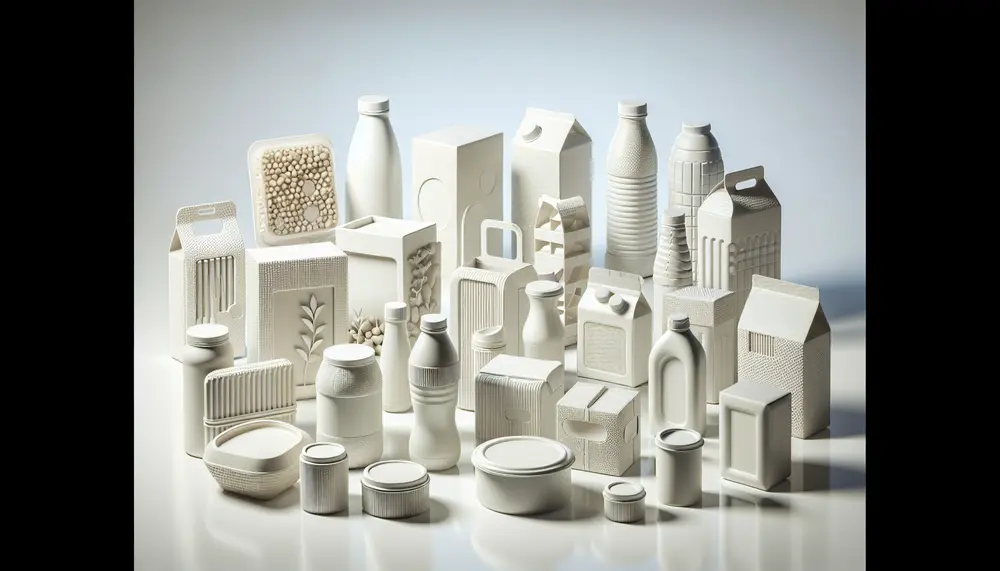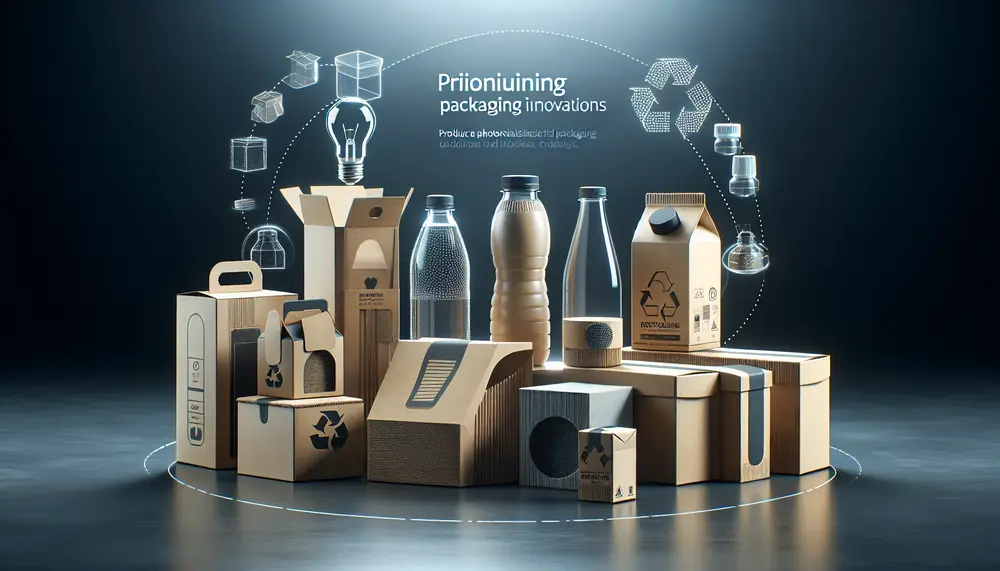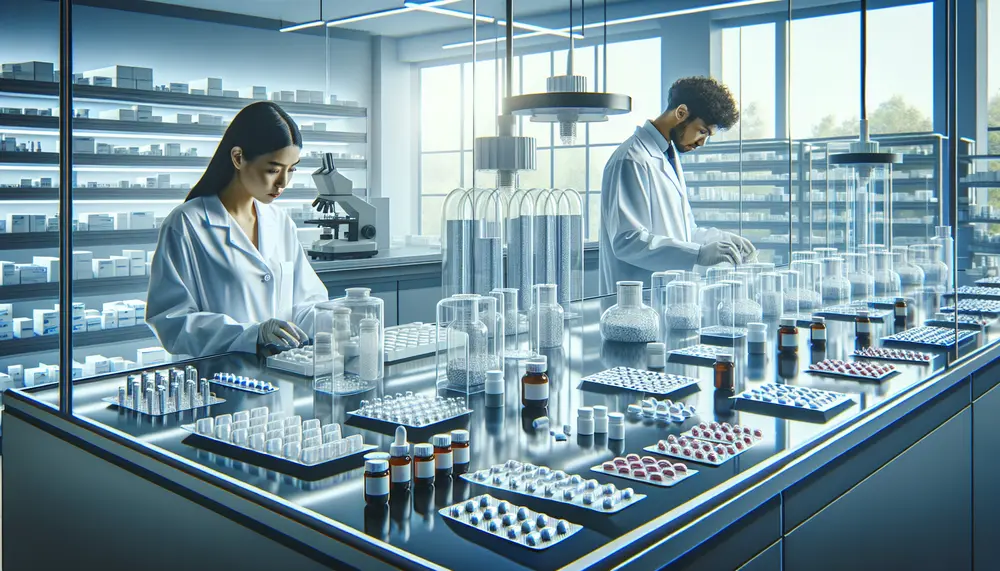Transparent packaging
Transparent packaging
Transparent Packaging
Transparent packaging refers to packaging materials that allow consumers to see the product inside. This type of packaging is made from clear materials like plastic or glass. It is widely used in various industries, including food, cosmetics, and electronics.
Benefits of Transparent Packaging
One major benefit of transparent packaging is that it builds trust with consumers. When people can see the product, they feel more confident about its quality. This can lead to increased sales and customer satisfaction.
Types of Transparent Packaging
There are several types of transparent packaging. These include clear plastic boxes, glass jars, and blister packs. Each type has its own advantages and is chosen based on the product's needs.
Environmental Impact
While transparent packaging offers many benefits, it also has an environmental impact. Clear plastics can contribute to pollution if not recycled properly. Companies are now exploring eco-friendly materials to reduce this impact.
Conclusion
In summary, transparent packaging is a popular choice for many products. It helps build consumer trust and showcases the product effectively. However, it's important to consider its environmental effects and opt for sustainable options when possible.
Blog Posts with the term: Transparent packaging

Food packaging is essential for protecting food, preserving quality, and providing information; it's made from various materials including eco-friendly options and plays a key role in marketing. Current trends focus on convenience, minimalism, antimicrobial properties, and sustainability. Innovative food packaging offers...

Market-leading packaging is characterized by innovative design and materials that enhance brand experience, with growth driven by eco-conscious trends and consumer needs. The sector's evolution from function to innovation has led to smart, interactive technologies like QR codes and biodegradable...

Maintaining mushroom freshness during packaging is complex, requiring careful control of respiration, moisture, microbial risks, and environmental gases. Success depends on precise harvest timing, gentle handling, optimal humidity and temperature conditions, strict hygiene practices, and selecting tailored packaging materials to...

Pharmaceutical packaging is essential for ensuring the safety, efficacy, and integrity of medications by protecting them from contamination and environmental factors while meeting stringent regulatory requirements. Innovations in materials like aluminum foil, plastics, glass containers, and additives address evolving industry...
